What Can Angioplasty Treat?
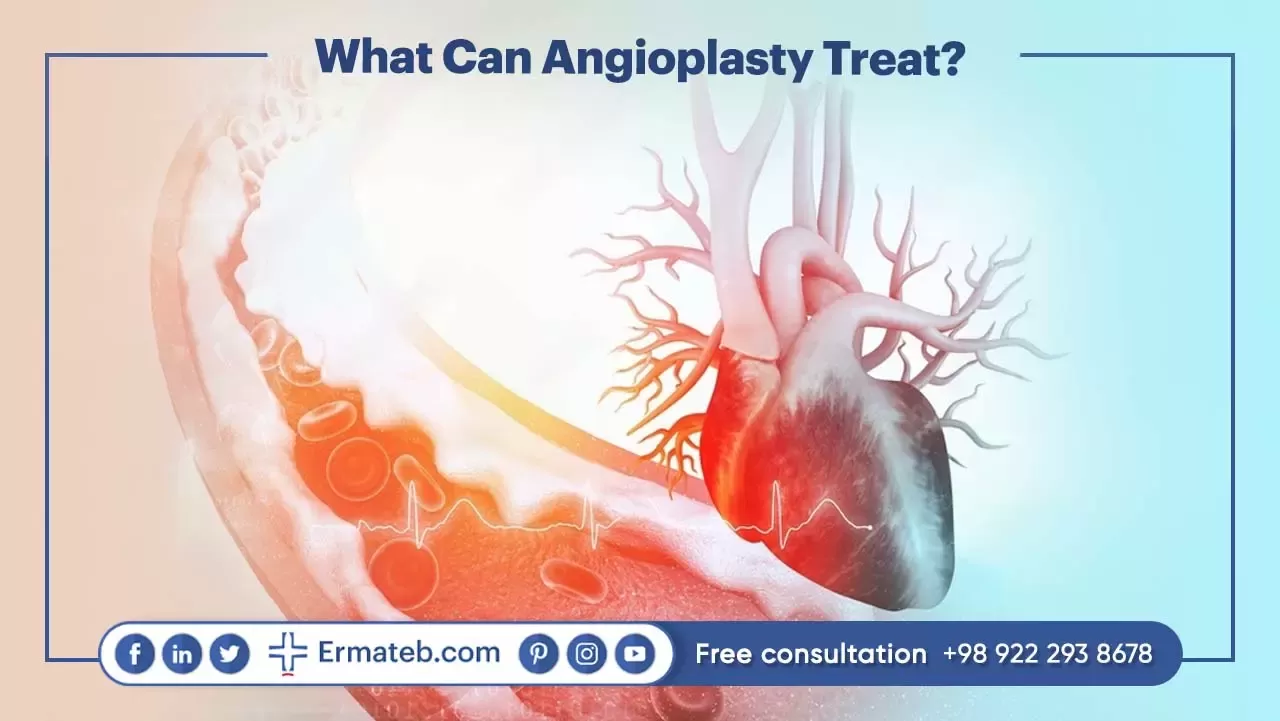
Angioplasty is a process which aims to treat narrowed or blocked arteries, arteries are crucial because they are the important blood vessels which provide oxygen for the body organs, the different artery types are:
• Carotid arteries:
These are the arteries which supply blood to the brain.
• Coronary arteries:
Which are the arteries with the role of supplying blood to the heart.
• Renal arteries:
These arteries supply blood to the kidneys.
The plaques that can clog the blood vessels are the result of various substances gathering over the years on the interior walls of the blood vessels and the blood flow will be affected, when the arteries are narrowed by a plaque buildup oxygen will not be provided to the heart and the other vital organs and it might lead to life threatening situations such as a stroke or a heart attack.
How to Know if You Need an Angioplasty?

In the early stages atherosclerosis does not have any symptoms and they will occur when the block flow gets blocked by a plaque which has grown, symptoms depend on what kind of arteries are blocked.
The blockage of carotid artery can lead to headache, numbness, paralysis or problems with breathing, while the symptoms of coronary artery being blocked are coughing, chest pain or vomiting.
The risks are higher for some people due to their genetics however if the condition runs in the family, it can be diagnosed early with:
- MRI
- Blood test
- Echo
- Chest Xray
- CT scan
- Angiogram
- Ultrasound
How Balloon Angioplasty in Iran Is Performed?

The process will take from 30 minutes to 3 hours, in it the doctor will inject a very small tube called catheter into your arm or groin in other to access the vessels for clearing the blockage.
After the catheter is inside the vessel the doctor will guide it to the location of the blockage which is done by some sort of dye called radiocontrast which shows the blood flow after Xray imaging and makes it easy for the doctor to find the area of blockage and this process is called angiography.
The catheter has a balloon on its tip and it will be inflated when it reaches a blockage and by expanding it will push the plaque which is causing the blockage to the inner walls of the vessel.
Usually, a stent placement will be done along the angioplasty which is putting a small tube called a stent in the blocked area of the artery.
A stent can keep the walls of the artery open by adhering the vessels walls and preventing them from closing while the balloon angioplasty will just press the plaque causing the blockage to the inner walls of the artery.
While stents can lead to better results, it is possible to perform the angioplasty without them and the decision of using them or not is up to your cardiologist and your situation.
Why Should You Undergo Angioplasty in Iran?
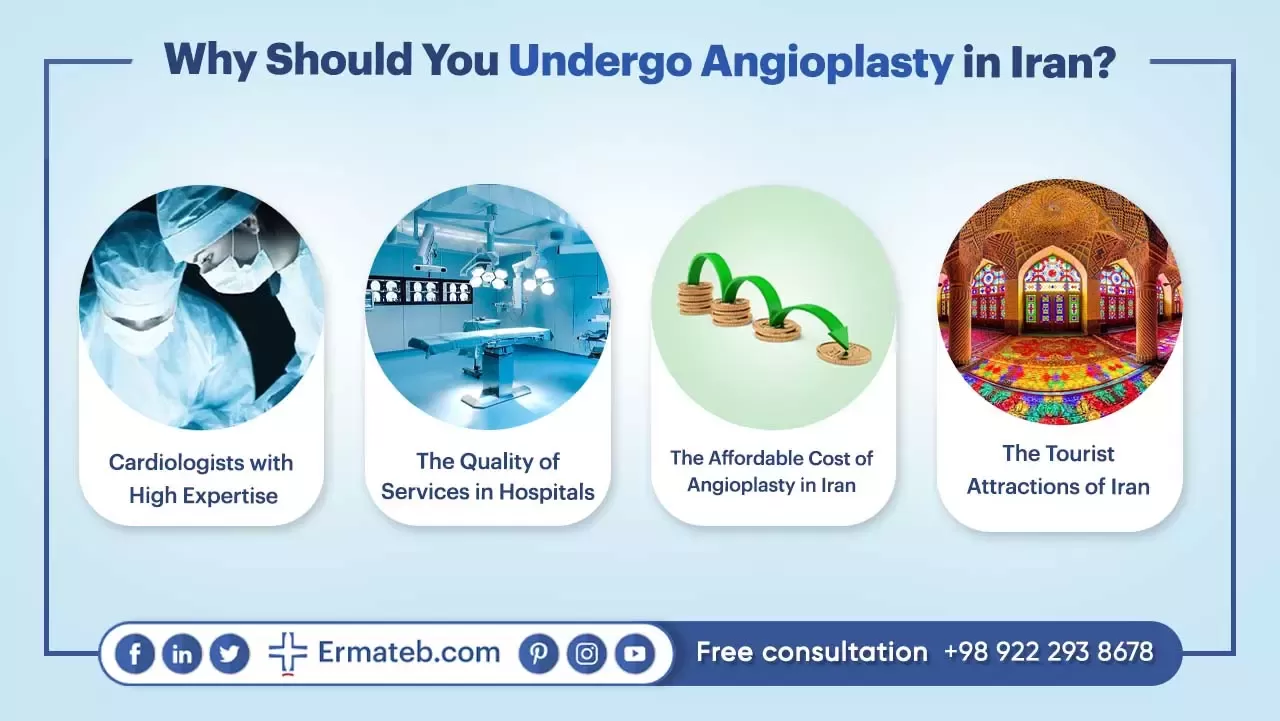
While Iran might not be presented well in the media, it is one the best countries to go to for your surgeries due to its high quality of medical services.
Cardiologists with High Expertise
Iranian surgeons are on par with the best ones in highly developed countries such as United States or Germany, making them highly praised all over the world for their expertise and experience in their work.
The Quality of Services in Hospitals
Iranian hospitals use the best new modern technologies and methods in their services giving the surgeons lots of options to offer their expertise which makes Iran in the top 10 ranking of cardiology quality.
The Affordable Cost of Angioplasty in Iran

Iran is the most affordable country that offers best quality of services, and the reason for it being cheaper than other countries is the cheaper currency, the cost of angioplasty other countries start with United States with $28000, $18000 in Thailand, $5000 in Turkey and finally Iran with $2500 which is the most affordable option.
The Tourist Attractions of Iran
Most of the people who came to Iran for their surgeries enjoyed their time here because of the variety of tourist attractions all over the Iran from the Persian ancient architecture to the food and people’s culture.
Who is a Good Candidate for Angioplasty?
If you have severe blockage in your vessels and are showing the symptoms of atherosclerosis, the cardiology experts can help you with angioplasty and prevent a heart attack or other problems that can happen due to an artery blockage.
Why Ermateb Is the Best Choice for Angioplasty in Iran?

Ermateb is a leading medical facilitator in Iran with offering high quality of services at affordable price as its main goal and with the best collection of doctors and clinics it has you are guaranteed to undergo your surgery under the hands of the best doctors.
You can receive more consultation regrading the travel process and reserving a time by the website’s online support or in WhatsApp.
Preparation for Angioplasty in Iran
- Like all other surgeries you should avoid blood thinners such as alcohol and caffeine before your surgery and avoid eating and drinking after the midnight.
- Some tests are required for your doctor before the angioplasty to minimize the risks
- You should also pack the proper clothes for the weather and pack your medicines as well which are prescribed by your cardiologist.
- Avoid eating or drinking from 6 hours prior to the angioplasty
Recovery Process of Angioplasty
The recovery process of angioplasty is around 2 weeks but this time can vary depending on your condition and you should regularly take the medicines prescribed by your doctor and follow the instructions of your doctor which are generally as such:
You can do some light activities such as walking but for the first week you should avoid intense physical activities such as exercising
You should decrease the fat in your daily diet and increase whole grains, nuts, berries or other foods that will help your heart’s performance after the angioplasty.
You should also try to lose some weight and quit smoking as well.
You should also avoid driving a car for a week after your angioplasty.
While bruises are not important and will be healed you should keep an eye on them in case, they get infected.
What Are the Benefits and Risks of Angioplasty?
Like any other surgery angioplasty has its benefits along with its risks they are as such:
Benefits:
- Angioplasty has lower costs and has lower risks as it is a less invasive surgery than bypass surgery.
- As the process is done under local anesthesia there is no need for the patient to stay in the hospital after the angioplasty.
- There are no incisions done and just a small nick in the skin and as a result there will be no need for stiches.
- The recovery process will not take long
Risks:
- While the major risks of angioplasty are rare there is a chance that the catheter injures and tears the artery.
- Bleeding from the catheter in the insertion area.
- Risk of having a stroke when the angioplasty is performed on the carotid artery.
- Risk of infection
- Allergic reaction to the contrast material
- Damaging kidneys


 Arabic
Arabic
 German
German
 Persian (Farsi)
Persian (Farsi)
 Russian
Russian
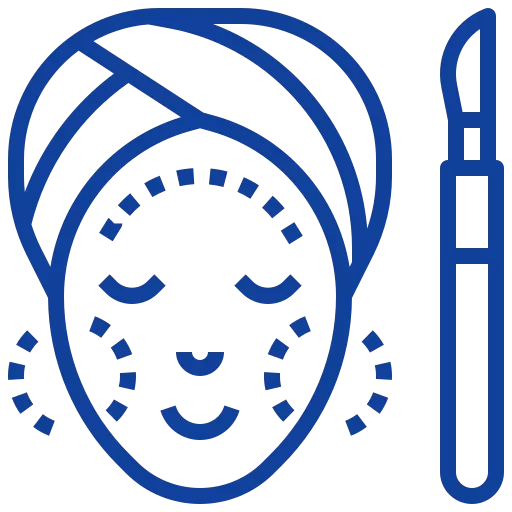 Beauty
Beauty



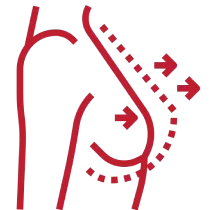

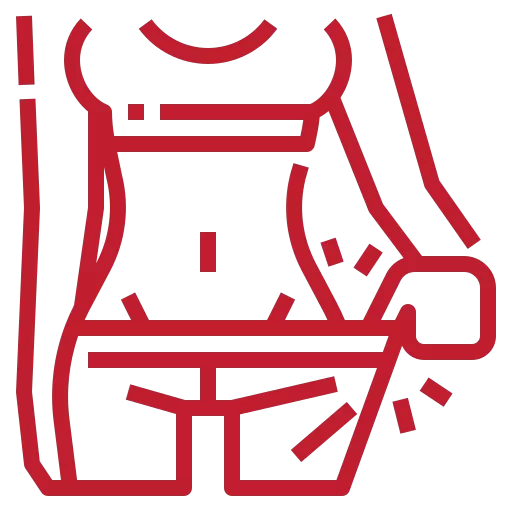
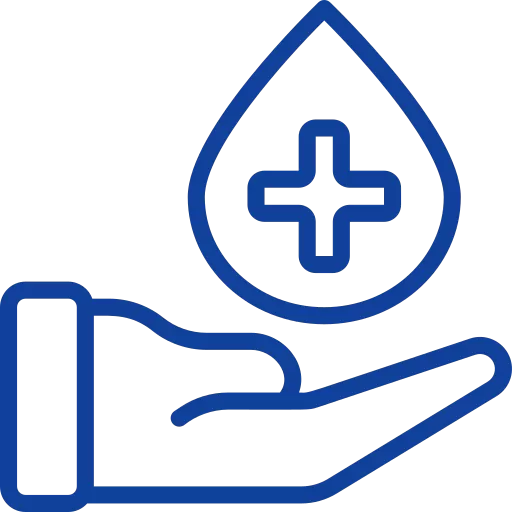 Medical
Medical



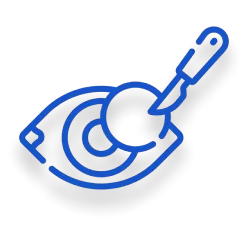

 Hotels
Hotels
 Hospitals
Hospitals






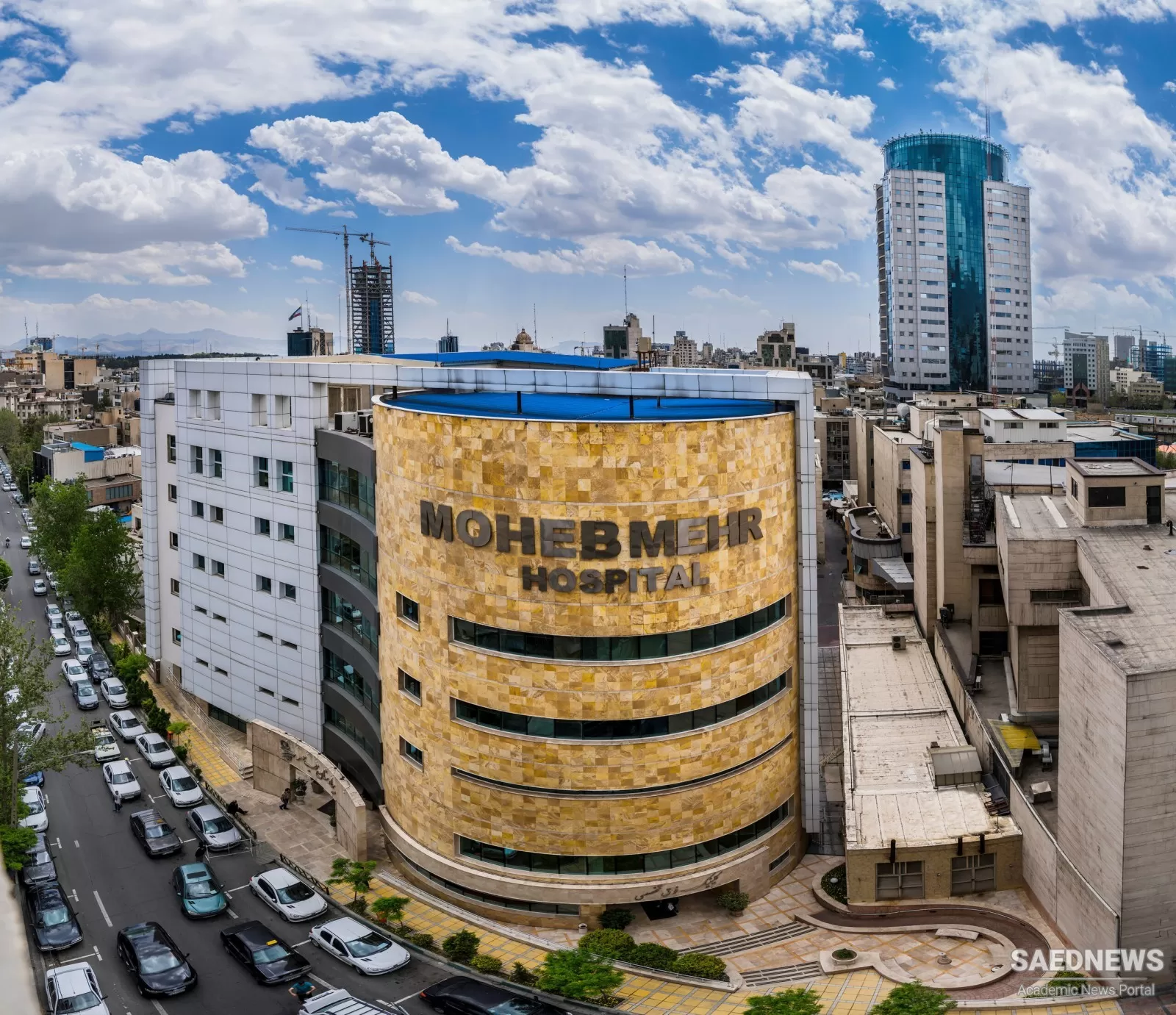

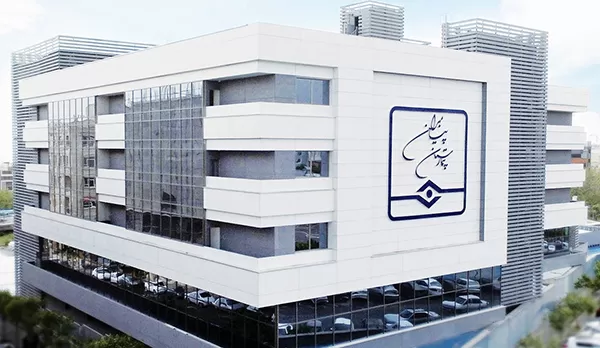
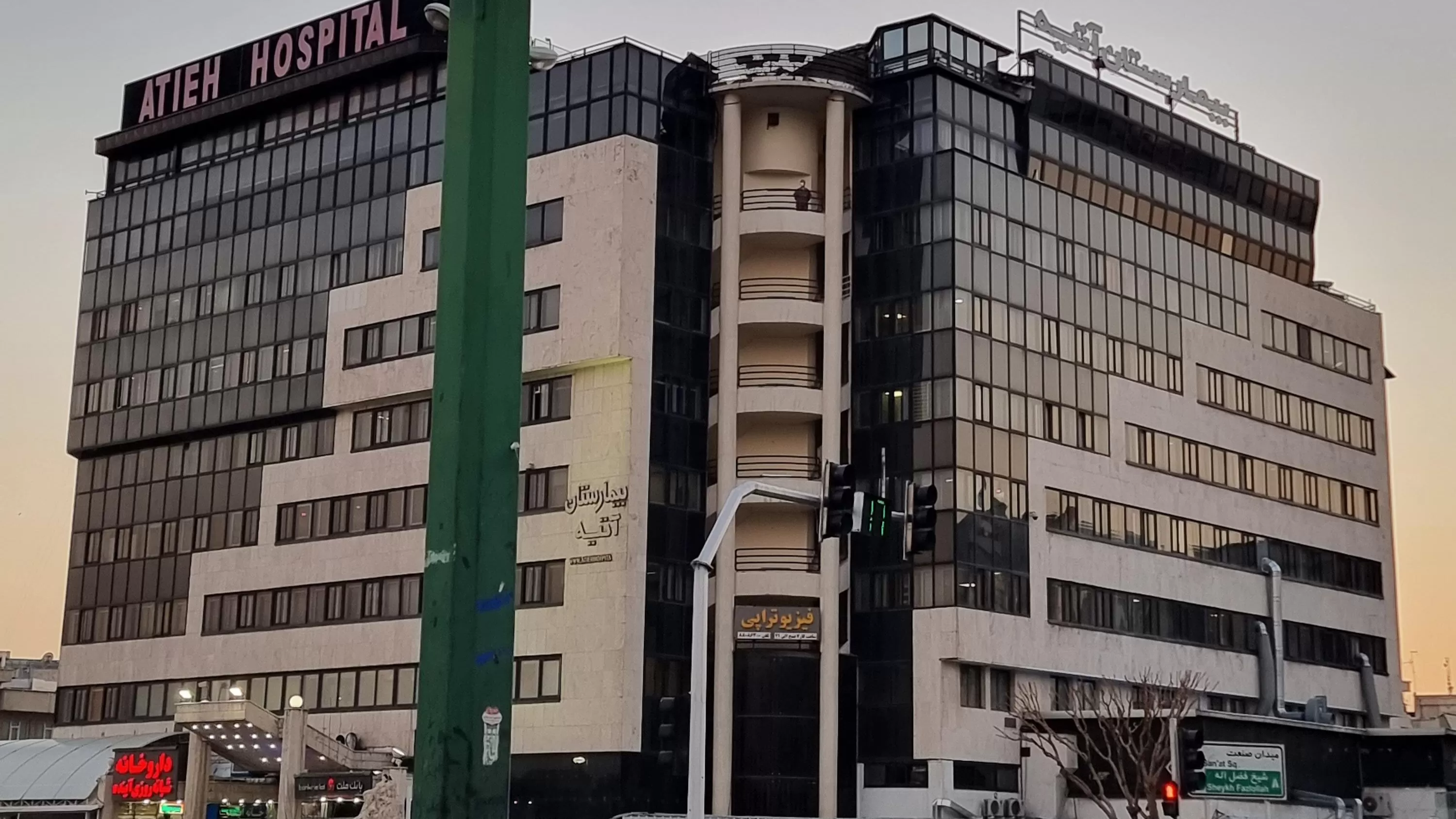
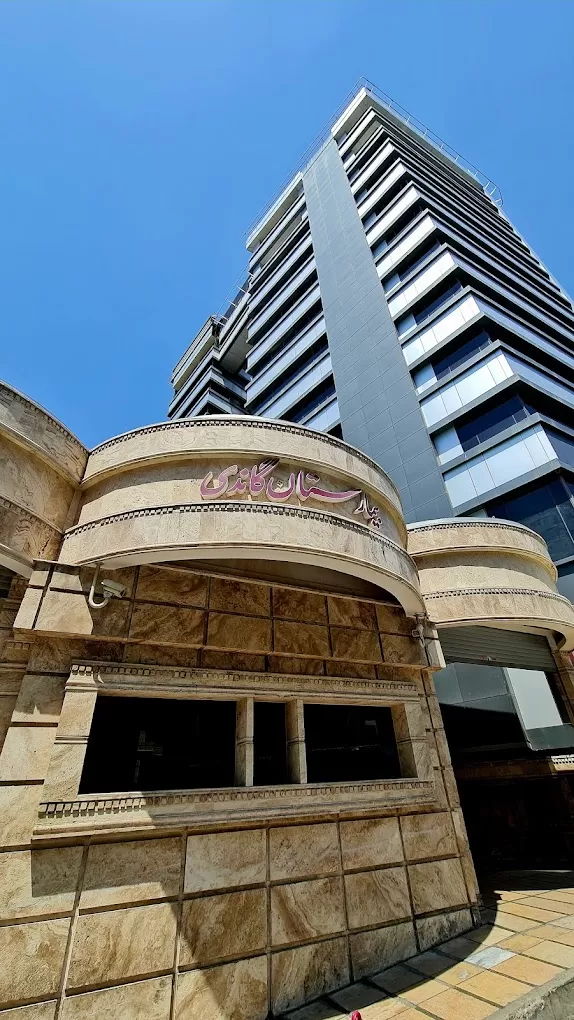
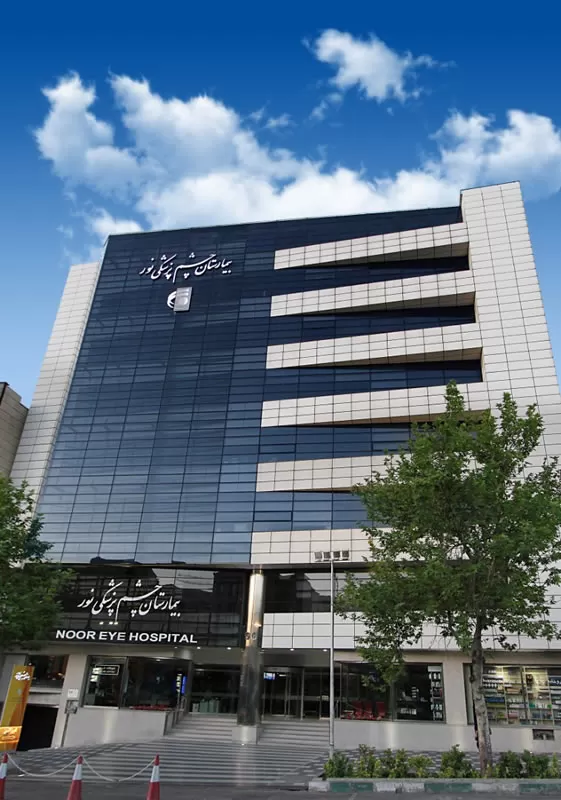
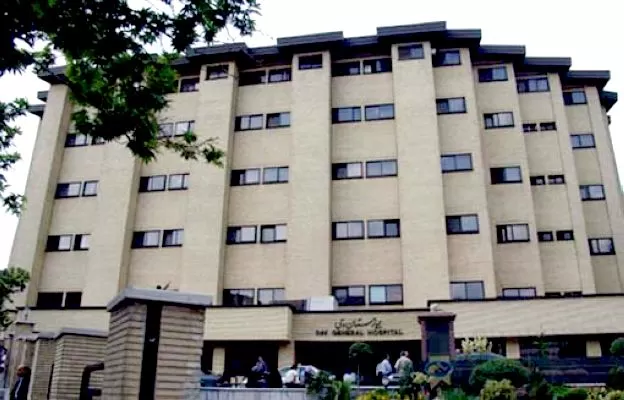
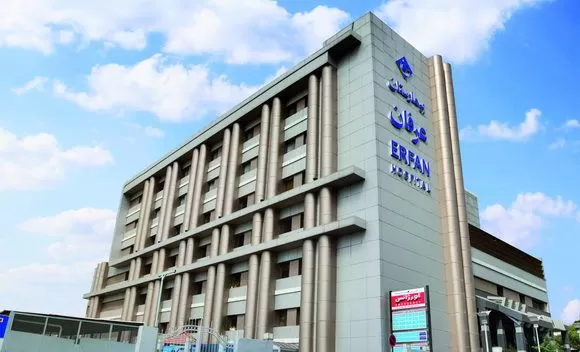


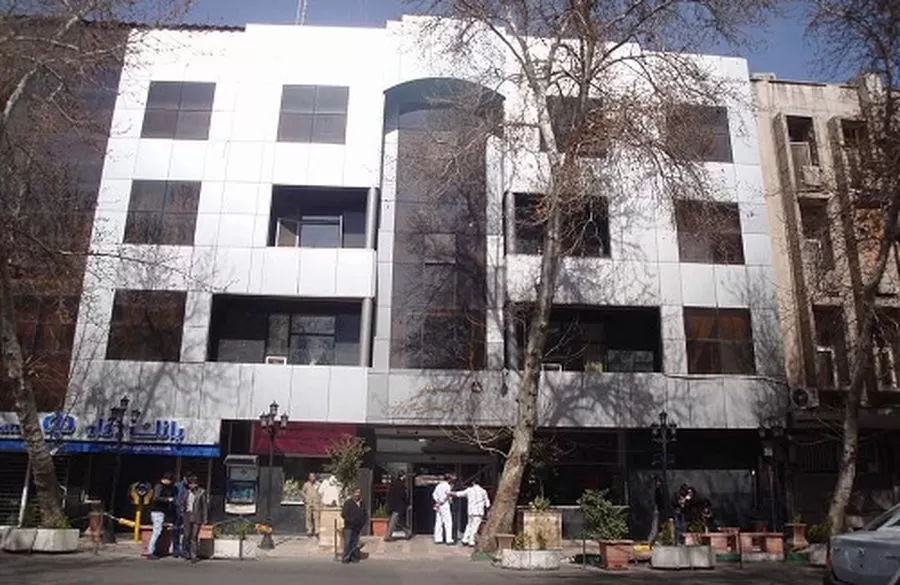
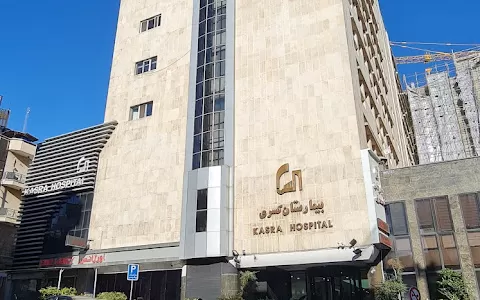
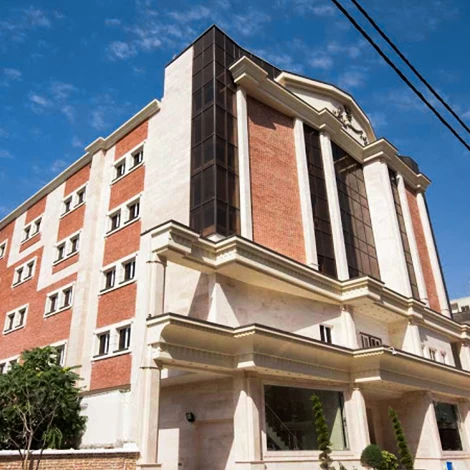

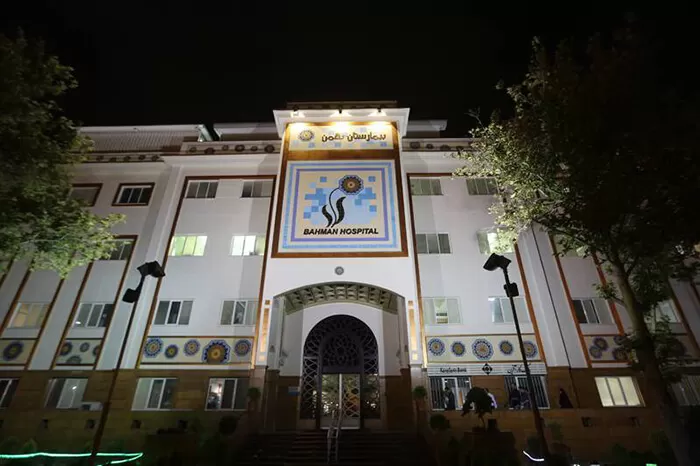
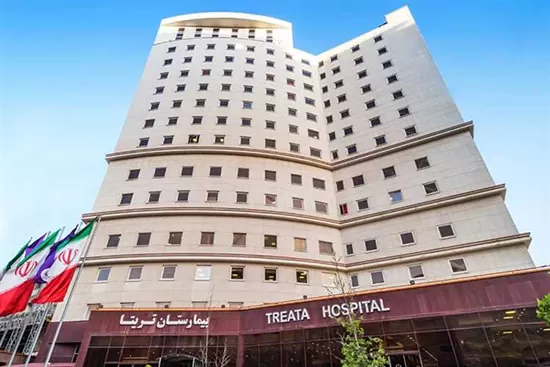
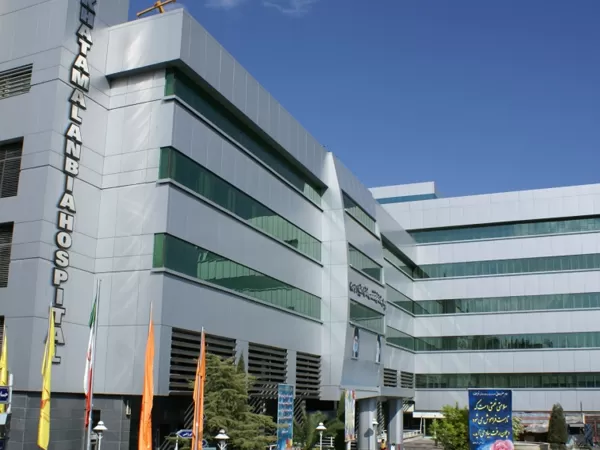


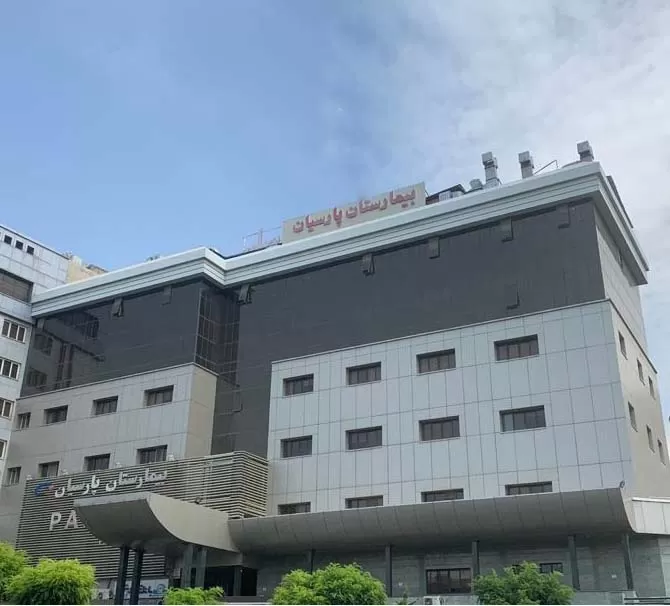

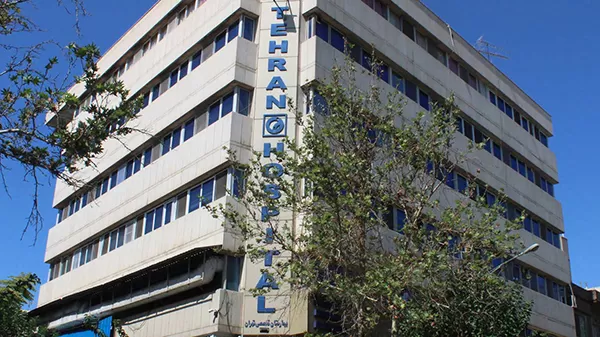

![Frequently asked question about [name]](/v2tem/images/pages/service/faq-image.webp)
